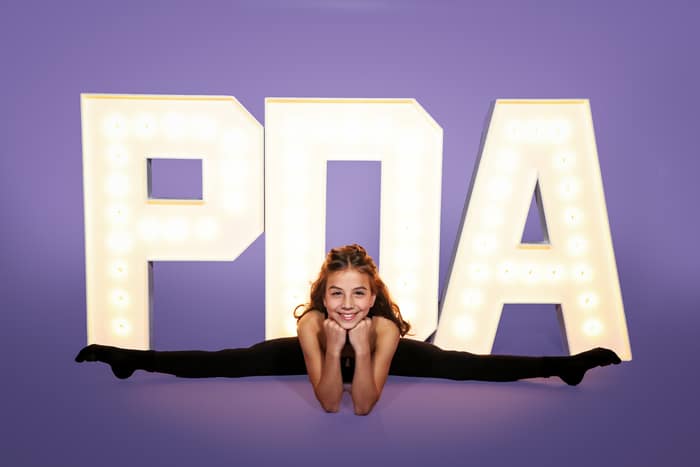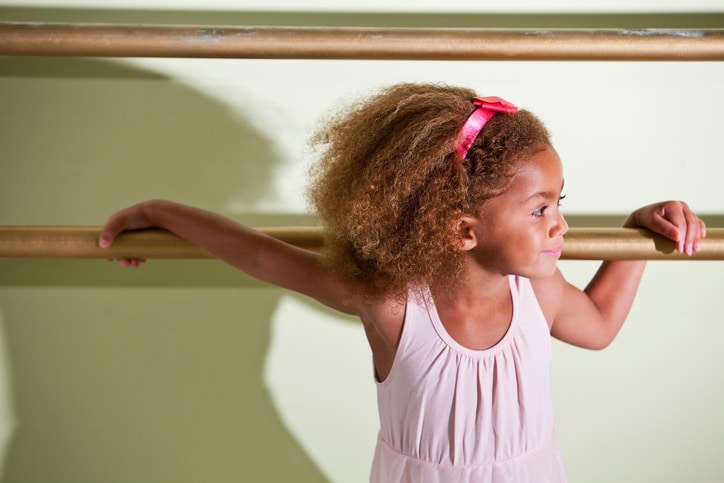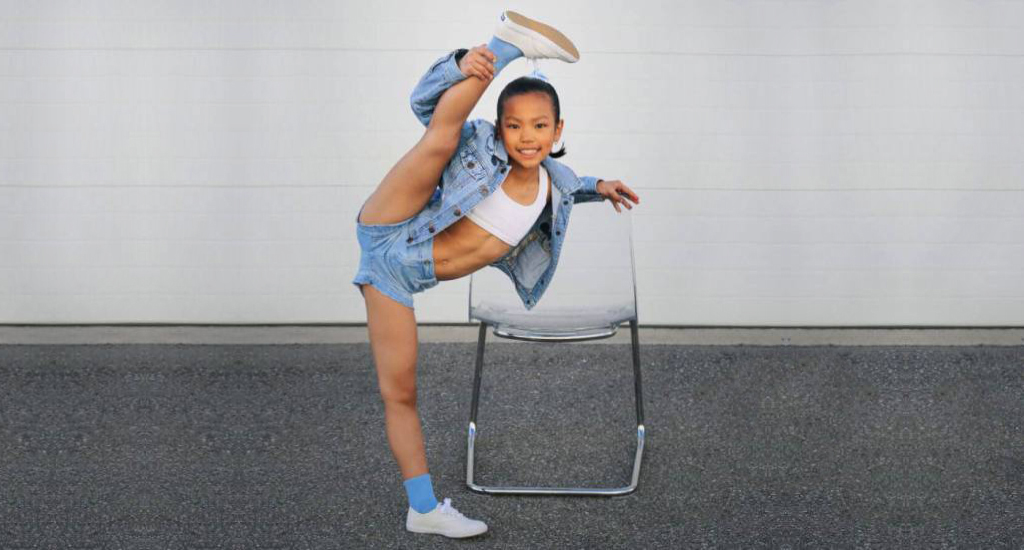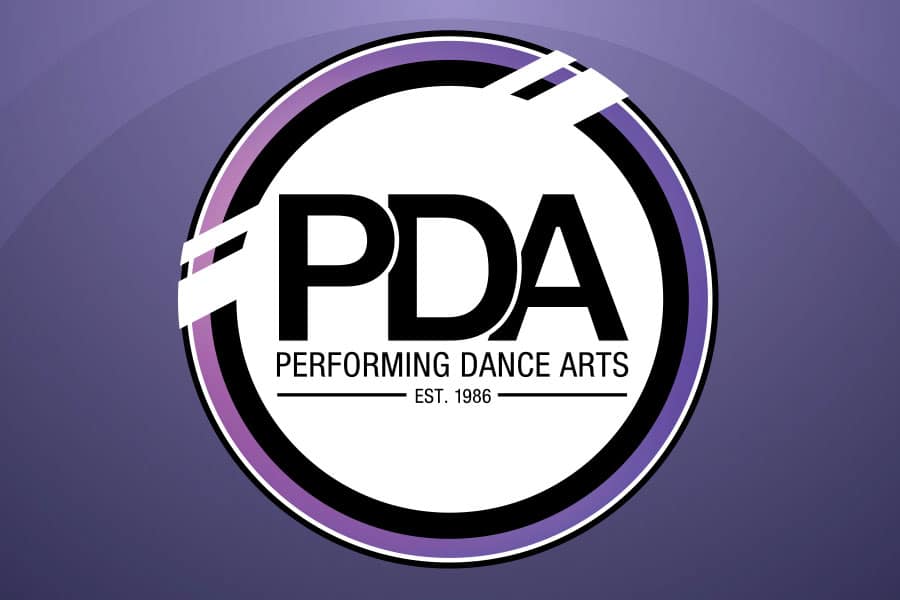When we want to get better at doing something, we all know that practice is helpful. This applies to dance, too, but it can be hard to find the time to do it. There is homework, chores, friends to text/talk to, great shows on Netflix to watch … the list of “priorities” can be endless.
Dance studios are closed temporarily because of coronavirus disease (COVID-19) and many of us have been given the gift of more free time. What better way to use some of it than to work on your craft? Continuing your dance practice at home will help you maintain the gains earned in the dance studio and make for an easier transition when we’re dancing together again.
Schedule Practice Time
If you have a vague desire to practice, but no plan of when you are going to do it, it’s easy for the day to pass you by without accomplishing your dance practice.
The time that you choose is up to you – when trying to develop a new habit, some people link the new activity to another activity they are already doing. You could practice as soon as you wake up or after you brush your teeth. Another option is to practice at the time you would usually be at the dance studio, since your brain has already associated dancing with that time of day. Whatever time you choose, it’s more likely to become a habit if you do it at the same time each day. Set an alarm on your cell phone to remind you when it’s time to practice and keep your promise to yourself by doing it!
Practice at Peak Energy Times
Everyone’s body clock is different, and you will get more out of your practice if you choose a time when you have the most mental and physical energy required to perform. You know your body best, so pick a time when you are likely to be well rested, haven’t just eaten a large meal and that isn’t just before bedtime. Practicing at a time when your energy is at its peak will make the experience more enjoyable and lead to more improvement.
Make Goals
While it’s great to have the goal of practicing every day, you will make more progress if you make your goals more specific than that. To begin, choose a minimum amount of time that you know will be easy for you to do, even if it’s for just 15 minutes. You can dance longer if you feel like it, but commit to dance for at least the minimum time you set for yourself.
Is there a move or a combination that has been difficult for you? Make it your goal to master it during your dance practice at home.
Try New Forms of Dance
If you’ve been nervous to try a new a new dance class or just haven’t had the room in your schedule, consider doing it now.
There is so much material available online and practicing something new in the comfort of your home is an easy way to try something without the pressure of “getting it” right away.
It’s easy to stick with what we know, but if you’re a fan of “So You Think You Can Dance”, you know how exciting it is to see dancers take themselves out of their comfort zones and do things they never thought themselves capable of.
Makeup Your Weaknesses and Improve Your Strengths
Everyone has strengths and weaknesses in all areas of life, and dancers are no different. Reflect on the feedback you’ve received from your dance instructors and pick a few corrections that you can work on. Recognize that you do have strengths as a dancer, and this knowledge can give you the confidence to address your weaknesses. From flexibility, to facial expressions, jumps, and turns, there are many areas to consider.
Analyze Yourself on Video
Most dancers don’t have full-length mirrors on every wall of their dance practice room, so recording yourself on video can help you monitor your progress and show you how well you’re following the routine. If the idea of watching yourself on video makes you uncomfortable, seeing yourself onscreen more often can help you overcome this discomfort.
When watching yourself, first try to notice the things that you do well – it’s natural to focus on your mistakes, but the goal of this exercise is to improve your dancing, not to criticize yourself for not being perfect.
Purposeful Practice Is the Key to Success
You can make greater strides during your dance practice at home if you challenge yourself. For example, make a goal to complete a routine three times in a row with no mistakes. Once you’ve met that goal, push yourself to complete the same goal, but at a faster speed.
You can approach your dance practice as something to do before you allow yourself to go back to surfing the Internet. Or you can make the effort to focus on what you are doing and feeling while you are dancing and immerse yourself in the experience.
Purposeful practice involves feedback, which is usually provided by a teacher. At home, you can use your recorded videos for this feedback.
Deliberate Practice Makes Learning Faster
Deliberate practice takes things up a notch. Think about the dancers you admire and study them – watch them and learn about what they have done to get where they are and try to model them.
Obviously, dance practice in isolation is not the same as being in a group dance class – it’s harder to be consistent, the energy is different, and you must set the pace yourself. In no time at all, though, we will be dancing together again, and you can come back to the studio a better dancer than before.
It takes discipline to practice while at home, but you’re used to discipline – you’re a dancer!




